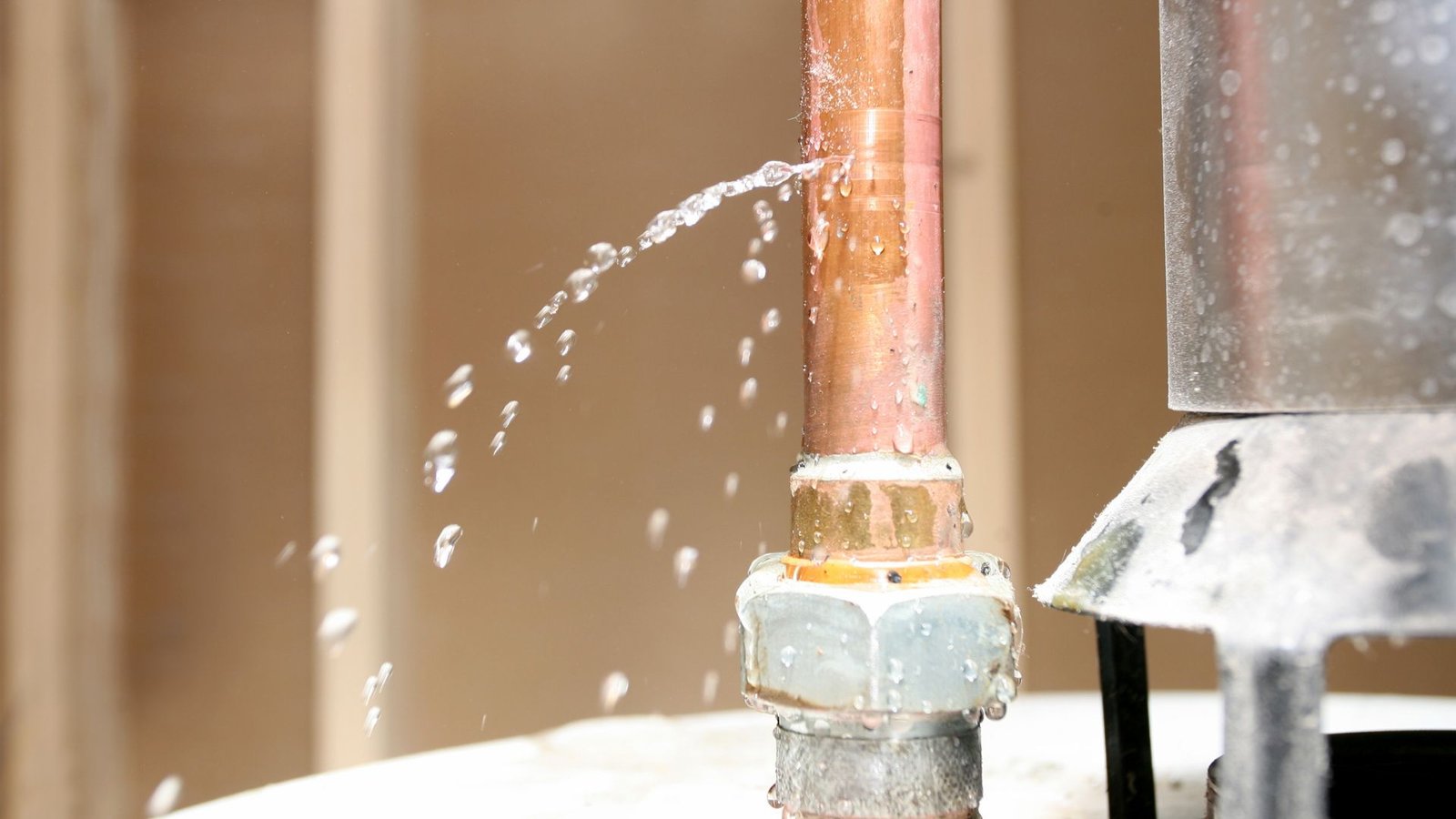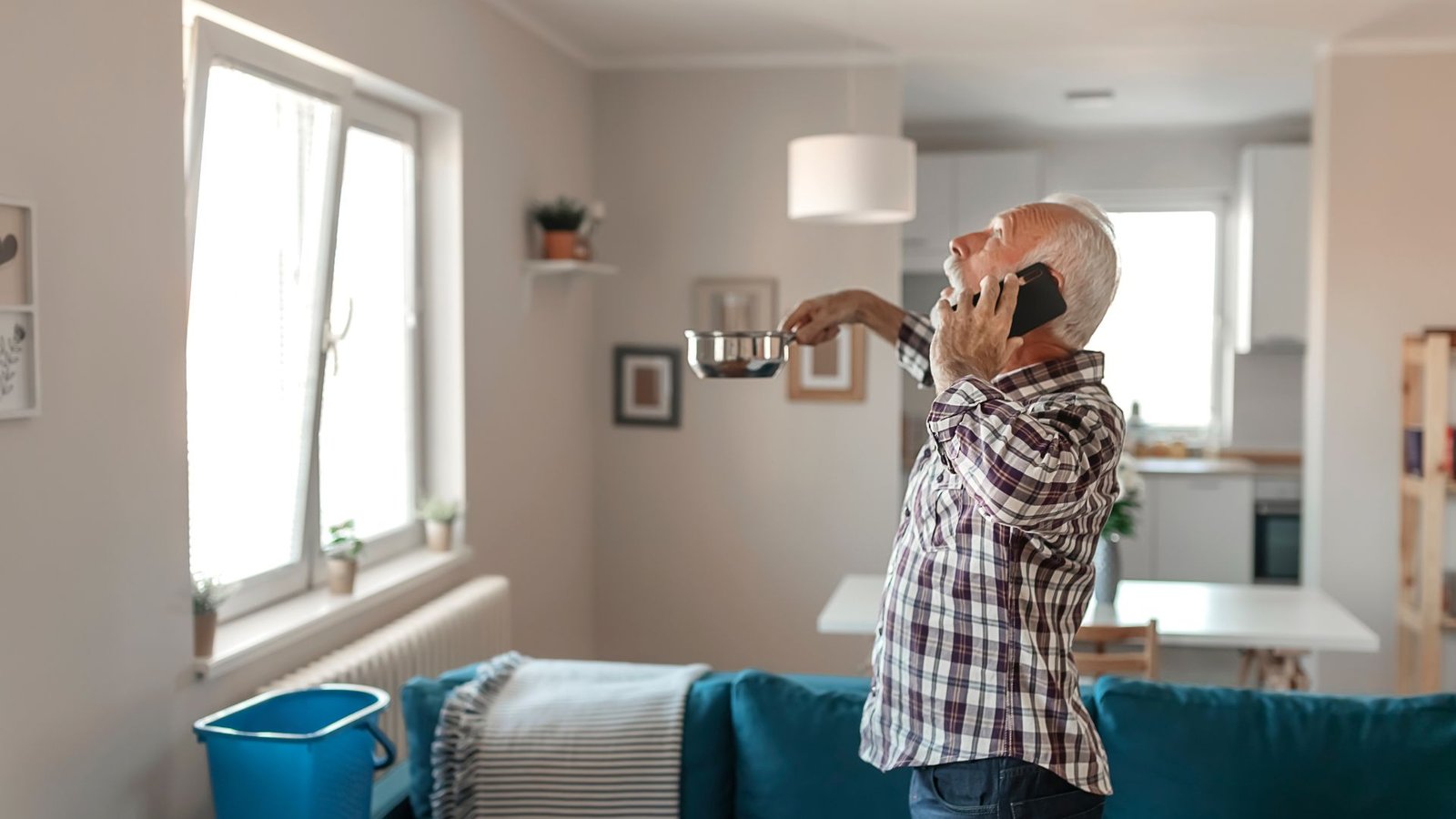Introduction
Traditional leak repair often meant tearing out walls or floors. Today’s modern leak detection is far smarter. In this post, we’ll explore non-invasive technologies that plumbing professionals use to pinpoint leaks with minimal disruption. If you’re curious what happens “behind the scenes,” this post is for you.
Why non-invasive methods matter
- Minimize damage to your home
- Save time and labor
- Enable targeted repair (less demolition)
- Reduce cost of restoration
- Safety: no guesswork drilling
These methods are central to the service approach at Expert Water Leak Detection in Concord, CA.
Key non-invasive leak detection techniques
Acoustic leak detection
- Uses specialized listening devices and sensors
- Detects sound frequencies generated by water escaping cracks
- Useful for pressurized pipes, especially in-wall or underground
Infrared / thermal imaging
- Detects temperature anomalies caused by water
- Especially useful for hidden leaks behind walls or in ceilings
- Offers instant visual feedback
Tracer gas (inert gas)
- Introduce harmless gas into the line at low pressure
- Use gas detectors above ground to find where it escapes
- Ideal for nonpressurized lines or inaccessible areas
Electromagnetic & ground-penetrating radar
- Map underground plumbing and detect pipe displacement
- Help locate leaks in cold/cement soils
Moisture meters & hygrometers
- Measure moisture levels in walls, subfloors, and drywall
- Spot elevated moisture zones indicative of leaks
How professionals combine these tools
Rather than relying on one method, experts often layer technologies:
- Preliminary inspection & history review
Understand the homeowner’s complaints, water bill history, plumbing layout. - Acoustic scanning
Survey walls, floors, and horizontal scans until potential leak zone identified. - Thermal imaging
Confirm or refine the suspected zone visually. - Tracer gas or electromagnetic testing
Pinpoint the exact pipe location or crack. - Minimal invasive access
Once location is known, make the smallest cut to access and repair.
This layered approach cuts down unnecessary damage and delivers accurate results — exactly what you’d expect when you engage our leak detection crew.
Benefits for homeowners
- Cost-efficiency: no wall destruction across large areas
- Speed: quicker diagnosis and repair
- Preservation: keep aesthetics, finishes, and internal structures intact
- Transparency: you see the thermal images or audio charts
Plus, after detection comes repair — often tied into pipe repair, slab services, or broader plumbing maintenance. If you want to hire such services, see our pipe repair page. plumbersconcordca.com
Common use-cases for non-invasive detection
- Slab leaks
- Leaking plumbing inside walls or ceilings
- Underground water line leaks
- Leaks in commercial or multi-unit buildings
These services are part of the plumbing suite offered by local professionals — and if you’re in Concord, CA, they’re available via our service team.
Example scenario: wall leak in bathroom
A homeowner was experiencing discoloration and bulging drywall behind a bathtub. Technicians used acoustic sensors first (hearing a low hiss). Then IR imaging displayed a damp cool patch behind the wall. The team lightly drilled into drywall at the pinpointed location and confirmed a split pipe elbow. The repair took less than two hours, and restoration was minimal. Such precision is only possible with modern detection.
What to expect when a technician visits
- Ask questions about your water usage history
- Let them walk you through their detection methods
- They’ll often show you real-time thermal scans or acoustic frequency graphs
- Be involved: point out any spots you believe may be suspicious
- After detection, a repair strategy is proposed (often minimal cut)
Once the work is done, you’ll want to monitor for any recurrence. That links back to best practices from Blog 1 (inspections, smart detectors, etc.).
How to prepare your home
- Clear access to walls, floors, and bases
- Remove wall hangings, furniture from suspect rooms
- Provide plumbing layout (if available)
- Be ready to turn off supply lines temporarily
This prep will help the detection process run smoother and faster.
When to call for professional help
- If signs from Blog 1 persist
- You’re already paying higher bills and see no cause
- You suspect a slab or underground leak
- You don’t want to risk hidden damage
When you’re ready, reach out via our contact page. Once detection is done, our team can move seamlessly into repair work (like pipe repair, slab repair, etc.). plumbersconcordca.com+1
Conclusion
Non-invasive leak detection is a smart, efficient, and safe way to locate plumbing leaks with minimal disruption. Next time you suspect a leak, rely on modern technology rather than guesswork. If you’re in Concord, CA — start by scheduling a visit with our expert team, and we’ll guide you through from detection to repair. Then don’t miss Blog 3 below, where we cover how to choose the right provider and what questions to ask.



